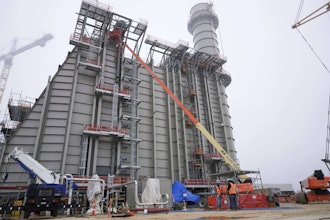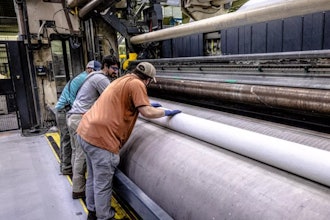At the time of its announcement, it was dubbed “the largest single private-sector investment in Ohio history” — but now its future is shrouded in uncertainty.
In January of 2022, Intel unveiled plans to invest $28 billion in building two new chip factories in Licking County, Ohio, to boost production of its advanced semiconductors to serve both Intel projects and other end customers.
Most Read on IEN:
- More Manufacturing Professionals Say Tariffs Will Hurt Industry
- 5 Million Pools Linked to Child Drownings Recalled
- 370-Million Mile Hail Mary Saves Camera Aboard NASA’s Jupiter Orbiter
- PODCAST: Deadly Pools Recalled; Walt's Robot; Massive Panasonic Plant
A lot has happened since – and for Intel, the past few years have brought sluggish sales, layoffs, and a new CEO.
With that, the last several updates on Intel’s Ohio project have pretty much centered on the same theme – delays.
In February, the tech firm announced a slowing production timeline on the project, kicking the can down the road on the massive semiconductor compound to now open, partially, in 2030 or later.
This past week, when reporting its earnings, Intel alluded to more delays, saying it would “further slow the pace of construction in Ohio to ensure spending is aligned with market demand.”
But things might get worse. Intel’s new CEO Lip Bu Tan stressed the importance of finding external customers for the new plant’s production capabilities, specifically a leading edge chip node called A14 that Intel has in the works.
Tan has stressed the need for Intel to build trust with customers, asking for feedback from them on what the firm can do better.
And with A14 still a few years to ready, let’s hope that there’s time to make some inroads because, without major customers for their operations, things look grim. In fact, one local NBC affiliate reported that Intel said it would “likely” stop all work in Ohio.
And if the Ohio plant gets canceled, it will be pricey for Intel – who will lose out on hundreds of millions in incentives from both the state of Ohio and the federal government, which put up some cash as part of the CHIPS Act. The other hefty cost will come down the road, when Intel will have to outsource chip production instead of using its own Foundry factories for it. According to the report, Intel claimed there are just “two other semiconductor manufacturing companies that could develop the products they need, and relying on third parties would be pricey.”
The state of Ohio, too, will lose out on 3,000 jobs that Intel estimated would come along with the project should it not come to fruition.
Click here to subscribe to our daily newsletter featuring breaking engineering industry news.






















